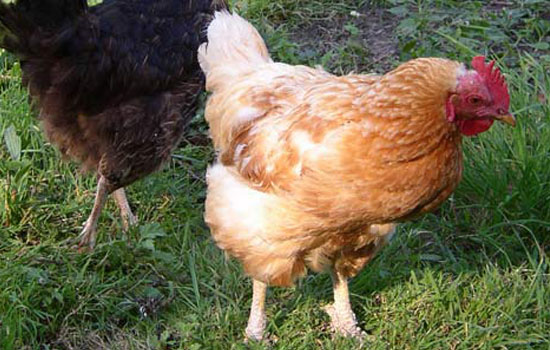What are the rearing types of laying chickens?
- font size
- Be the first to comment!
The breeding methods of modern chicken production are mainly divided into two types, flat and cage.
(1) The flat. Flat feeding mainly takes grid or bed surface as the feeding surface, leaving the ground but still not out of the plane range, so the feeding density is not increased much, the labor intensity of workers is reduced limited, the equipment investment is higher than the landing free range, there are certain limitations. The bed surface has a full bed surface or 2/3 bed surface (commonly known as "two high and one low"). All bed surfaces are mostly used in the second-stage laying hen breeding stage, and the 2/3 bed flat feeding method is mostly used for broiler breeders.
(2) Chicken battery cage. It is mainly used for laying hens, which can be raised from young to adult chickens. Commercial laying hens and egg-type breeding chickens can be caged all the way.

The chicken battery cages is the first choice for large-scale, intensive, automated, and standardized laying hens at home and abroad. It has the following advantages: small footprint, high space utilization, easy to achieve intensive and large-scale breeding; chicken manure layered cleaning, natural air drying, greatly reduced chicken manure water, high utilization of chicken manure, minimal environmental pollution Fully automated control, greatly reducing the number of operators, reducing labor intensity and increasing labor productivity; using a fully enclosed feeding mode is conducive to preventing the occurrence of infectious diseases and improving the production performance of the flock.
Therefore, on the whole, the advantages of cage farming benefits are becoming more and more obvious. In the previous examples of land-raising and laying hens, the profits of flat farming were becoming less and less, and many large-scale agricultural or funded groups, even small-scale farmers, changed their own chicken farms to cages to further Increase scale and land utilization, and increase efficiency through economies of scale.


